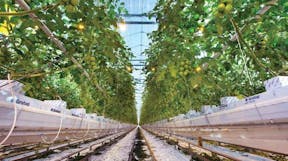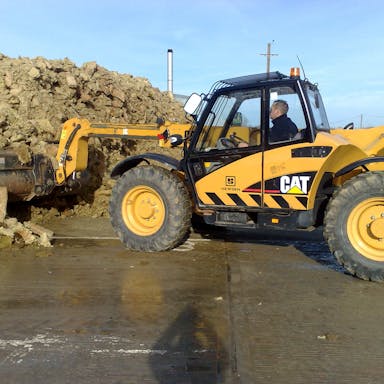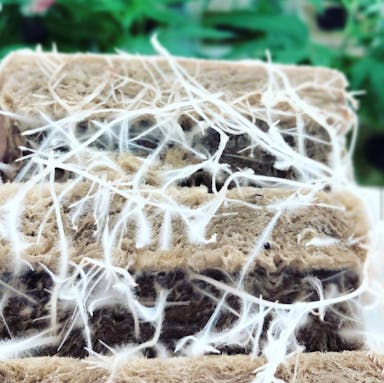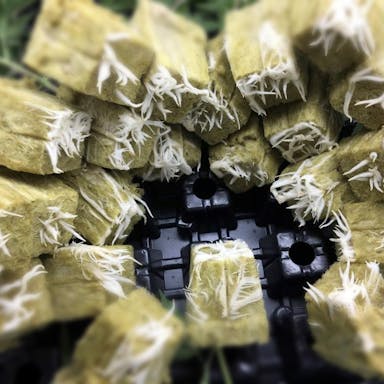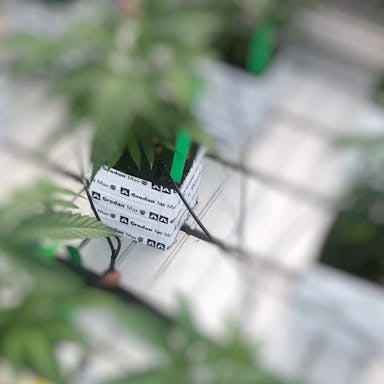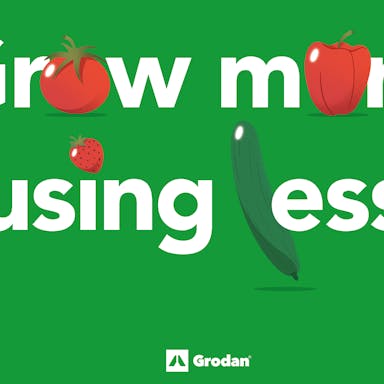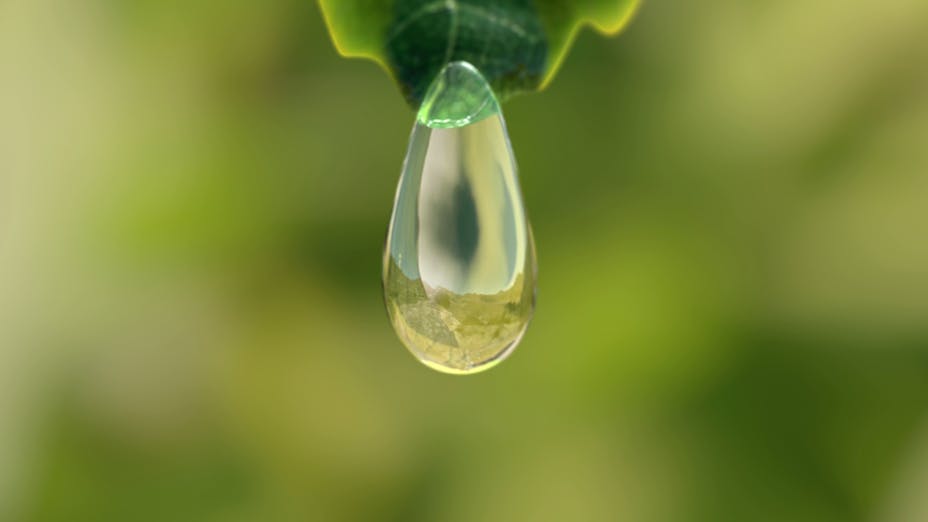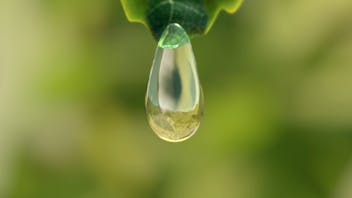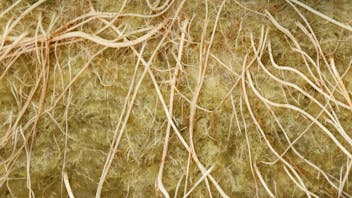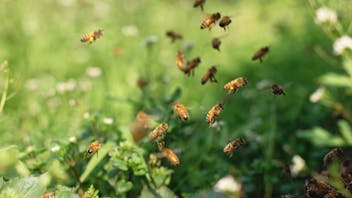Second Green Revolution
During his presentation in Amsterdam, Charles C. Mann discussed these two diverging points of view. It is time for a second Green Revolution, he said, but it will be far from easy due to the major challenges humanity is now facing related to water, energy and climate. However, all is not lost for humankind, according to him, providing that we take an innovative approach to combining technology with biology.
As one example, Mann suggests considering diversifying into different crops or varieties. Today’s crop production activities and associated research efforts have become dominated by a couple of crops that are easy to cultivate and harvest, such as wheat and corn. However, these are relatively low-productive grains; cassava and sweet potato generate more calories per hectare. What could happen if we broadened our view to other crops? To illustrate his point, Mann told the attendees that chestnuts used to make up 40% of diets in Germany back in 1800. Could modern-day technology for cultivation and harvesting be used to make this crop a viable option once more?
Shortage of fertile land
Another issue raised by Mann was the fact that almost all the planet’s fertile land is already being used, and it is particularly difficult to create new areas of fertile land. As Grodan, we are proud to have been contributing to tackling this issue for over 50 years through our activities in the Controlled Environmental Agriculture (CEA) sector. In line with Mann’s conclusions, CEA seamlessly blends technology and biology. In high-tech greenhouses, growers use cutting-edge technology to carefully control environmental factors like temperature, humidity, light, water and nutrient levels to optimise plant growth and yield. Grodan’s soilless growing solutions play a key role in this, enabling traditional soil to be replaced by stone wool substrates that allow precise rootzone management as the basis for healthier, stronger and therefore more productive plants.
Minimising resource waste
Additionally, our GroSens sensors and e-Gro platform provide a continuous flow of real-time data that growers can harness as the basis for adjusting their water and nutrient strategy for the best results. Therefore, besides ensuring optimal plant growth, Grodan’s ‘Designed to grow’ approach also helps to minimise the waste of valuable resources such as energy and carbon dioxide as well as water and nutrients.
By fusing the realms of biology and technology, CEA enables ‘anytime, anywhere’ production and empowers growers to efficiently cultivate high-quality crops. At Grodan, we continue to invest in research and development to further improve the efficiency and scalability of cultivating greenhouse crops such as lettuces and tomatoes, and also to apply our long-standing knowledge and experience to explore opportunities in other crops such as strawberries. In addition, we’re conducting ongoing trials to investigate ways to further reduce energy consumption and the carbon footprint as we work towards our goal of a 40% reduction. Therefore, we firmly believe that CEA holds the key to the food system of the future, and we are looking forward to continuing to support this revolution in modern farming for many years to come.
